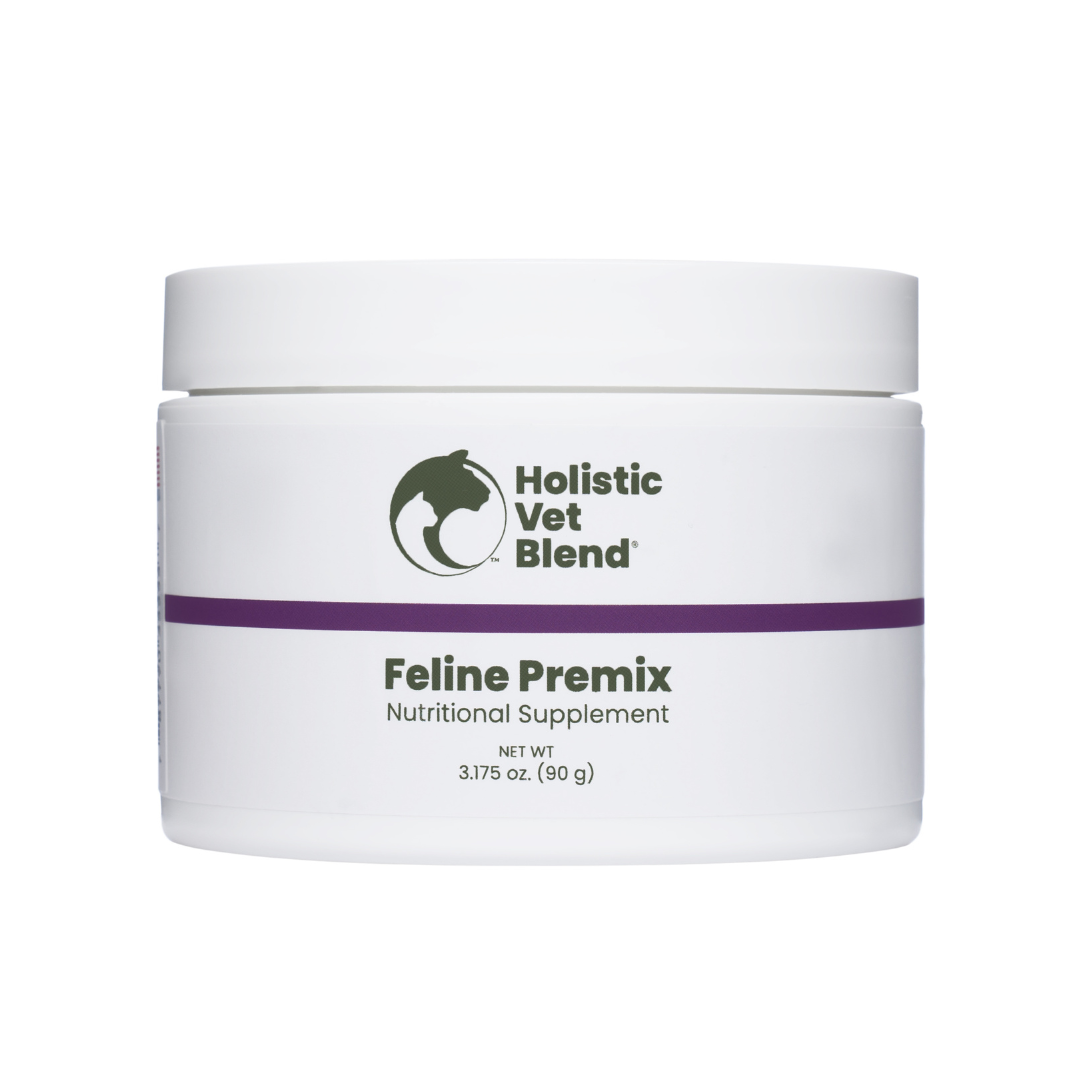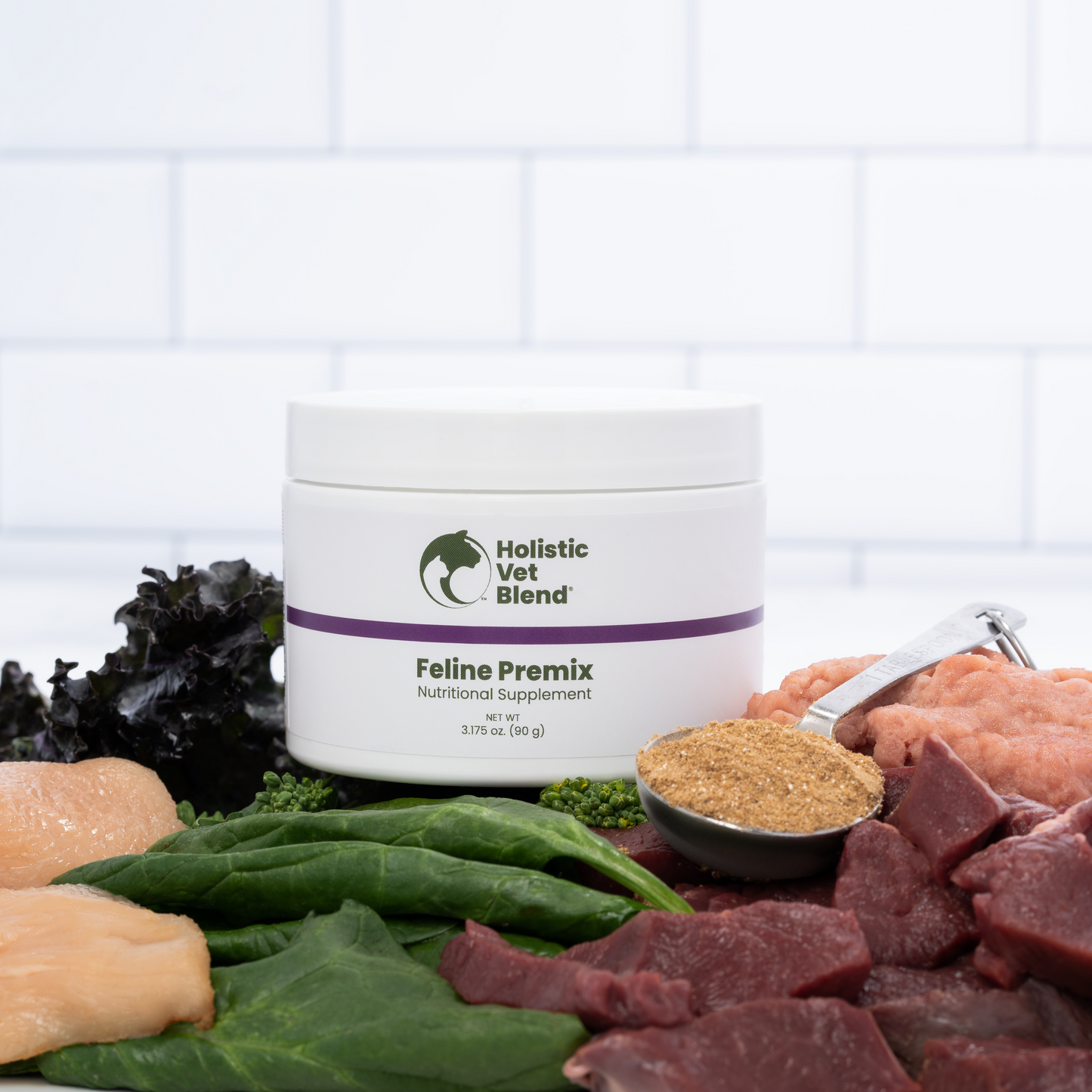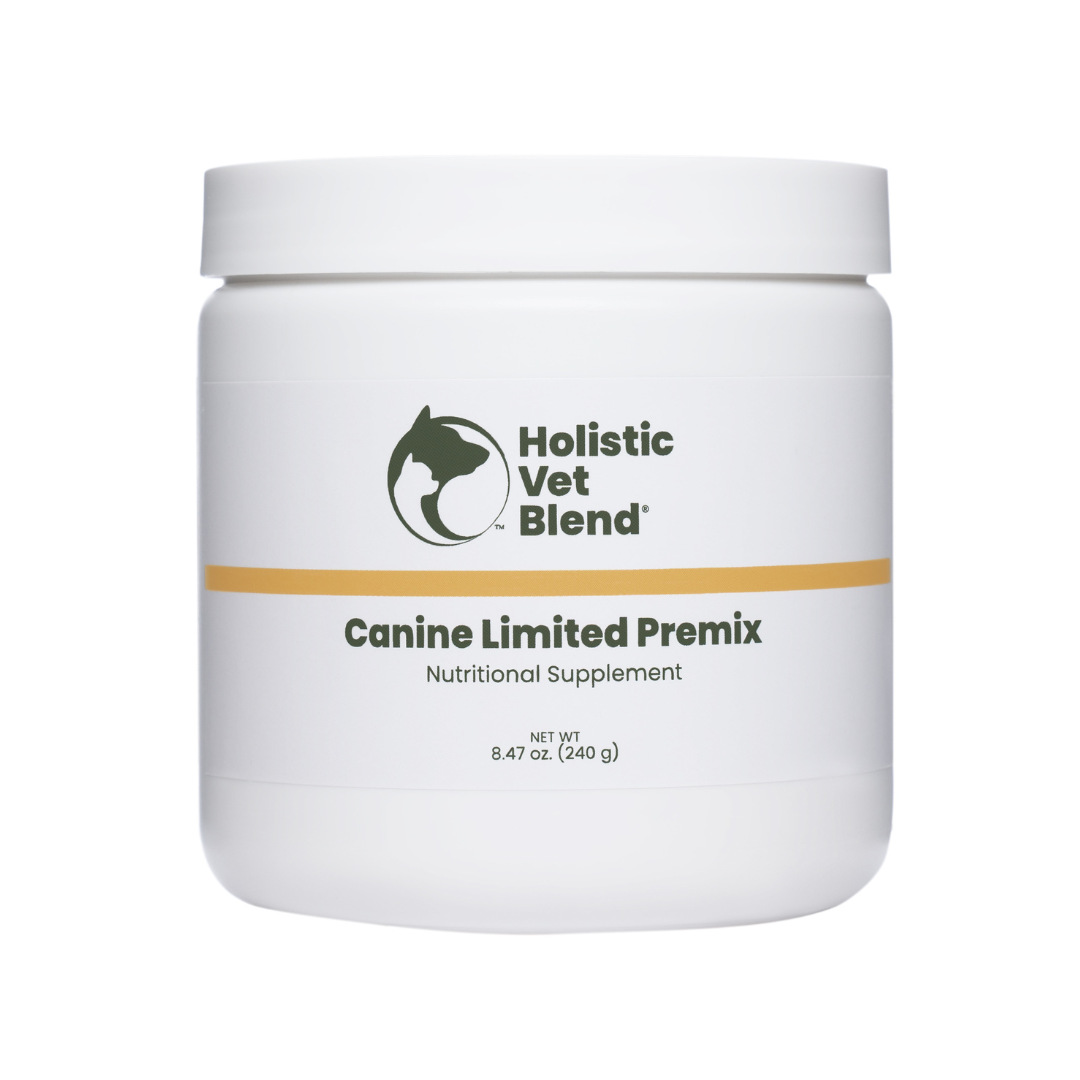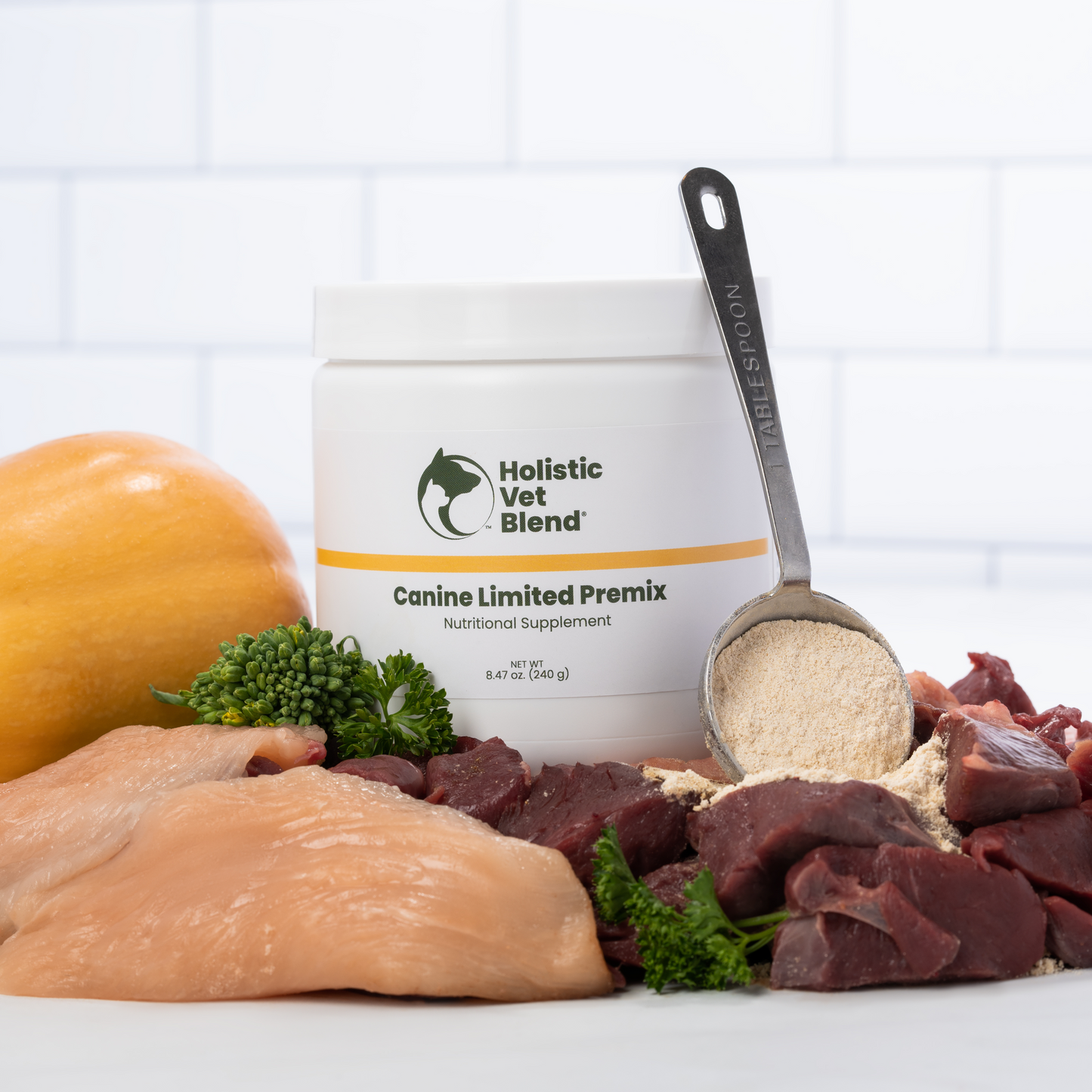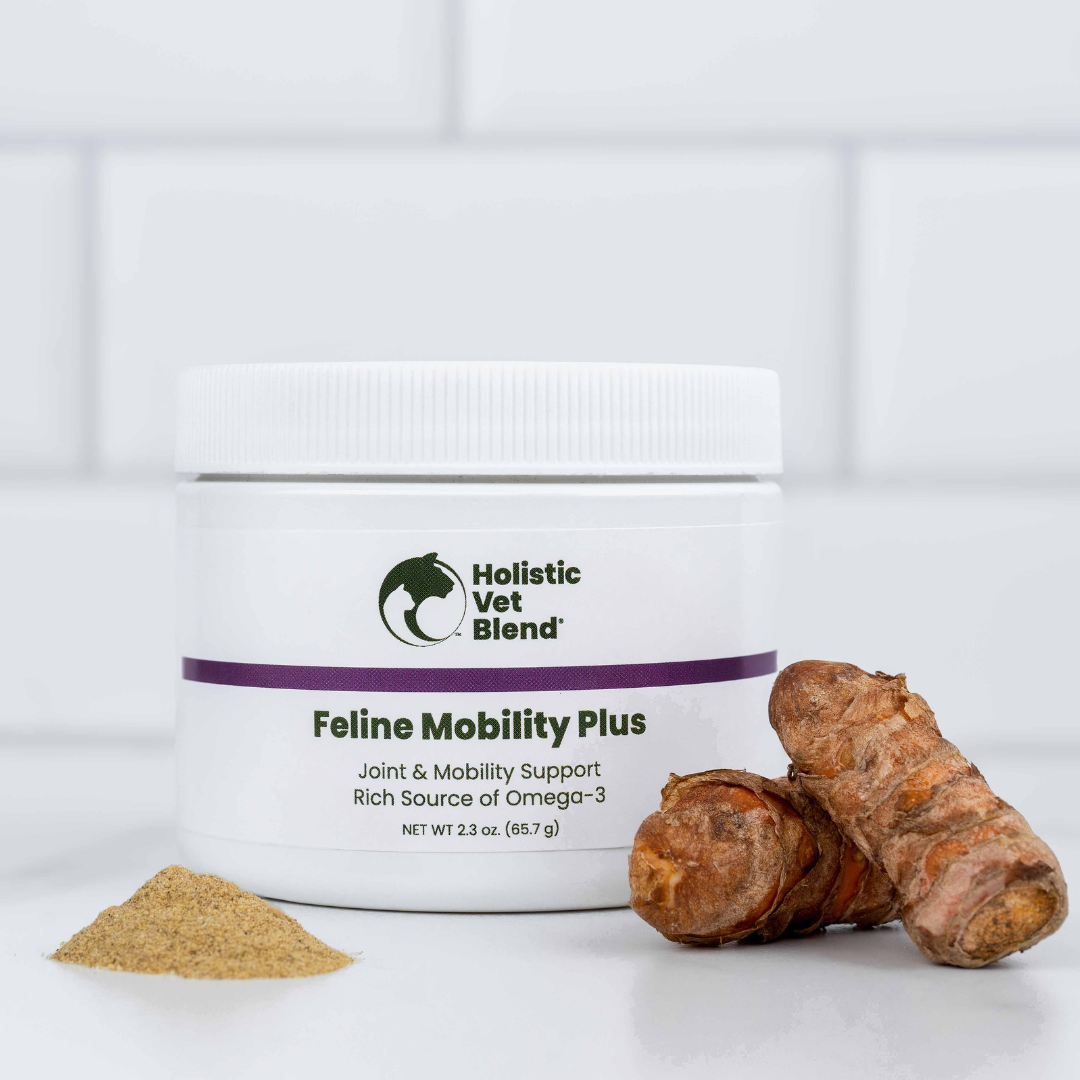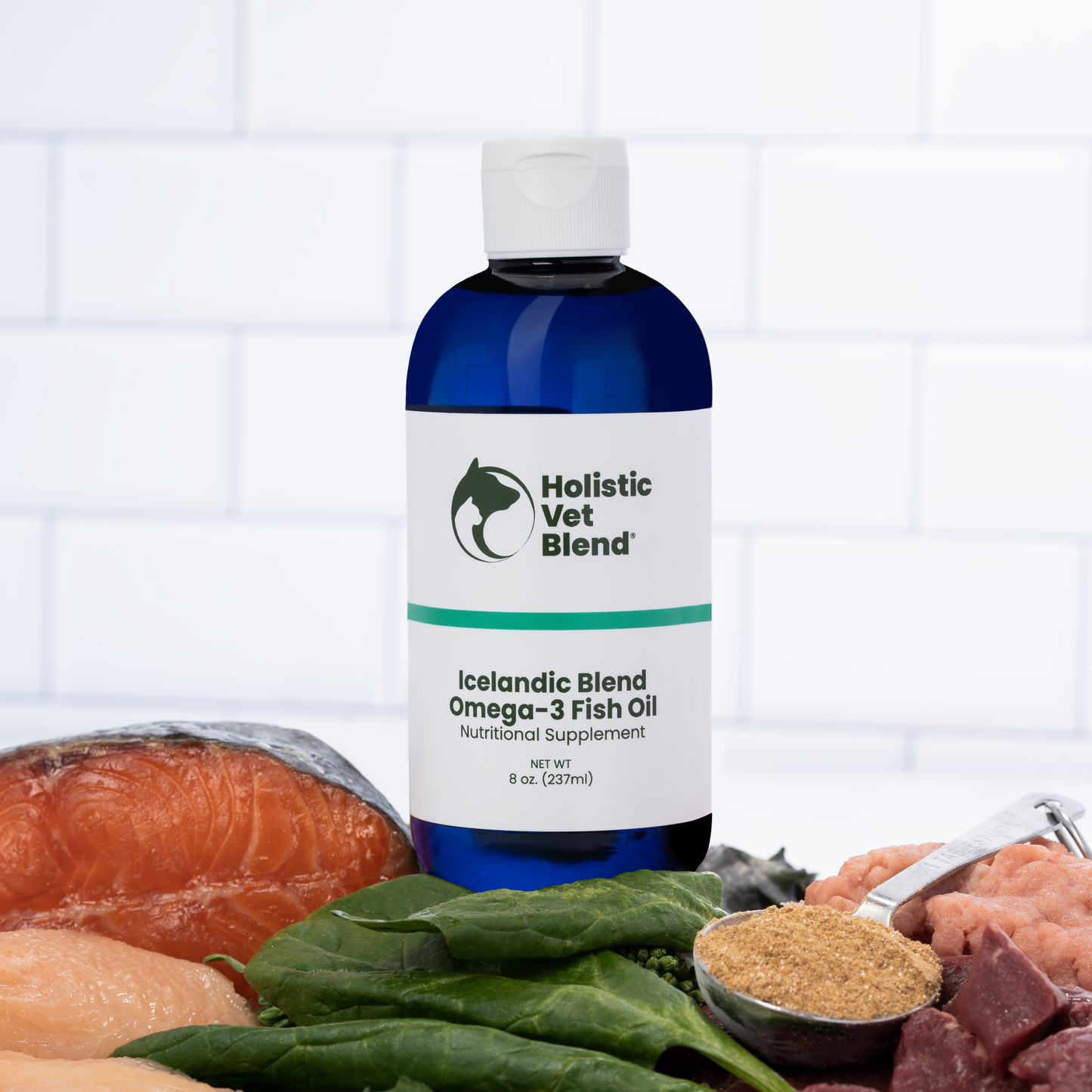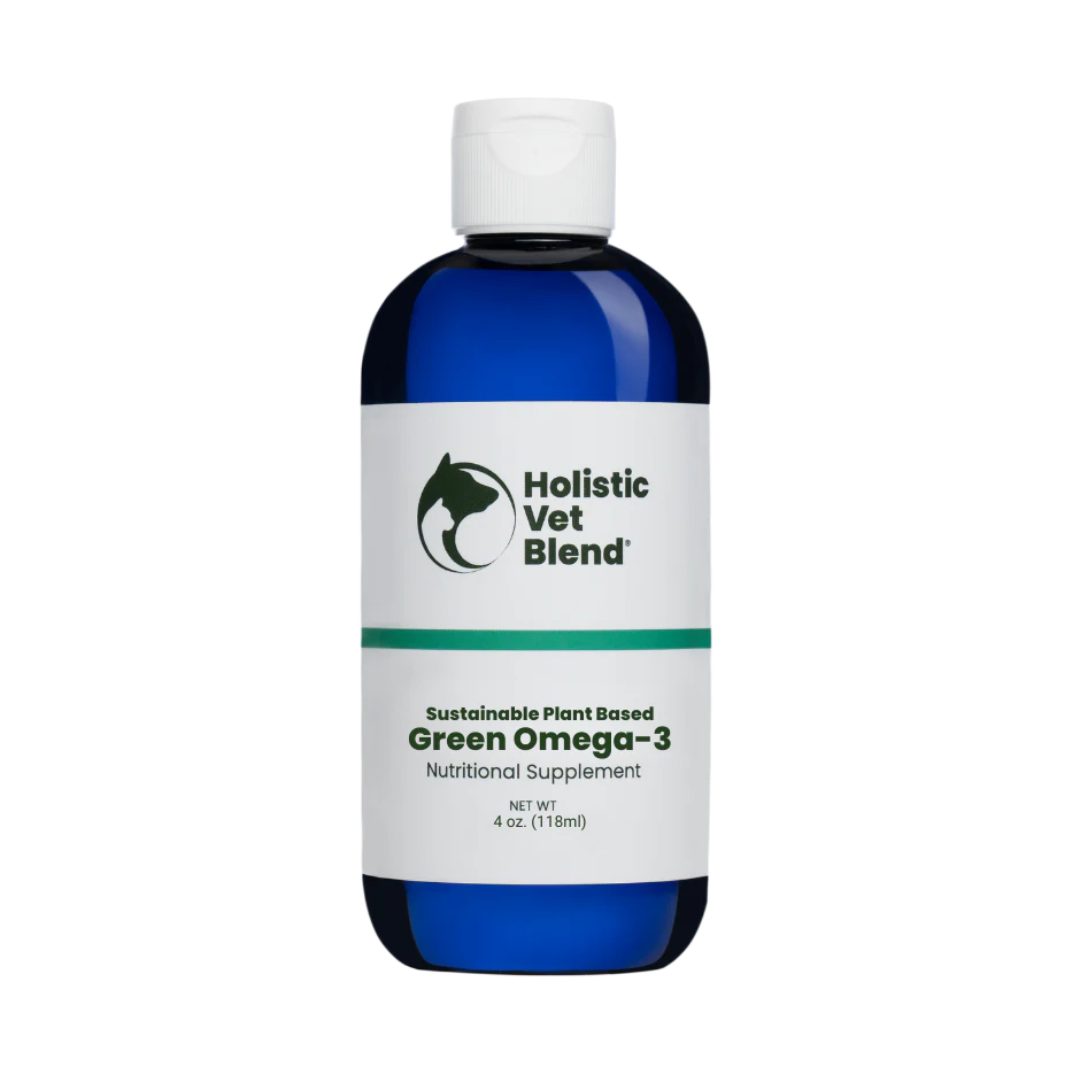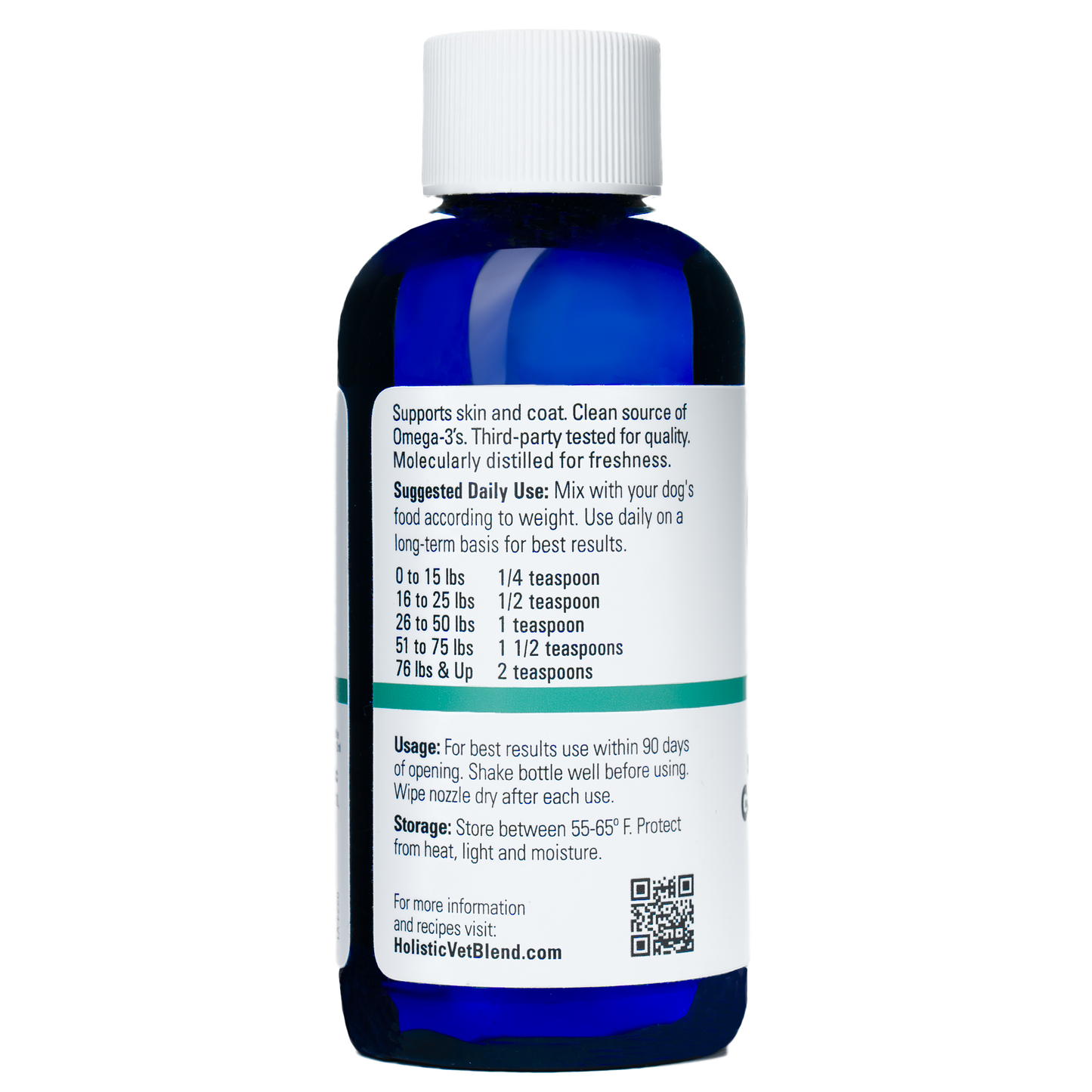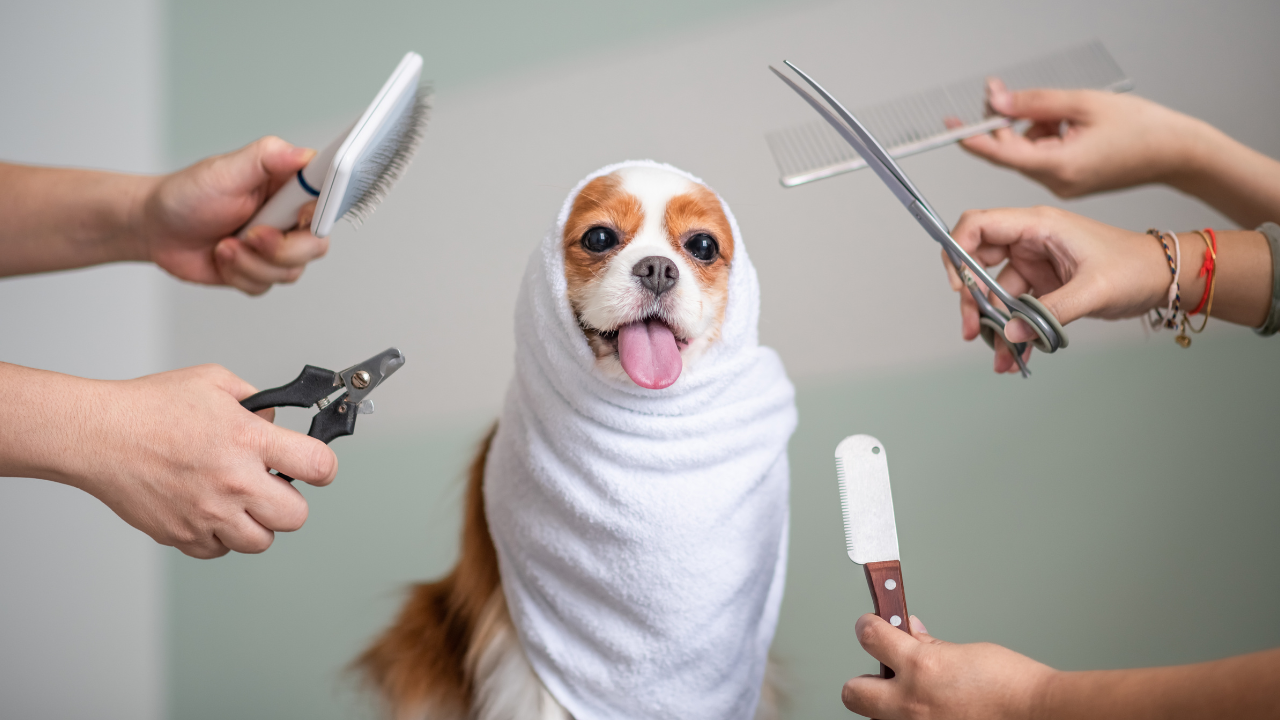
Key Highlights
Spring and summer mean more time spent outside. During the warmer months, issues arise, requiring more attention to your pet's grooming schedule. Allergies tend to flare during this time, and dogs may need more frequent bathing and attention to their ears (especially if they swim). It's also important to check for fleas and ticks, and foxtails often, taking steps ahead of time to keep these pests away.
Brushing isn’t just about detangling; it keeps your dog’s coat smooth and prevents mats from forming. Keeping an eye on the length of their nails as well as checking those anal glands regularly, makes sure they’re not uncomfortable or facing bigger health problems down the line.
Introduction
Attending to your dog's skin and coat is always important, but it's even more so when the weather gets warm. Regular grooming, including regular brushing, keeps your dog looking and smelling great, but it also plays a big part in their health and happiness for pet owners. When it's hot out, grooming is key to helping them deal with allergies, avoid skin problems, and keep you aware of any concerns, such as new lumps that may appear on their skin.
In this blog post, we'll share 10 top tips for keeping your dog well-groomed in the heat.
10 Warm Weather Grooming Tips for Dogs for Allergy Alleviation
Taking care of your dog's grooming is super important, especially when it gets hot outside. This helps them stay away from allergies and keeps them feeling good. Here are 10 key tips for grooming your dog in warm weather
1. Bathing Frequency for Dogs with Allergies
For dogs with allergies, bathing may help decrease allergens in the fur. Rinsing the allergens from the environment off of their coat may give them some relief.
Some people find wiping down their dog's paws helps when coming inside off of the grass.
When bathing your dog with allergies, use a hypoallergenic shampoo, or preferably a shampoo recommended by your veterinarian for your pet's situation. Bathing too frequently can wash away the natural oils that protect their coat and sensitive skin, leading to skin irritations. Always double-check with your vet on how often bathing is best, considering their breed, allergy symptoms, coat type, and what specific care they might need. To properly bathe your dog, pour warm water over them until they are thoroughly wet, then gently massage the shampoo into their coat. Avoid their eyes, mouth, and the insides of their ears. Additionally, conditioners can be used if your dog has dry skin or sensitive skin, and dry or brittle hair.
2. Ensuring Regular Flea and Tick Checks
With fleas and ticks around, you've got to check your furry friend regularly. Make sure to use prevention stuff and talk to the vet about which products work best.
Keeping your dog well-groomed is key to stopping fleas and ticks from bothering them. These little bugs can make your pet feel really uncomfortable, itchy, and even get sick because of the diseases they carry. So, it's super important to regularly look over your dog for any hints that these critters might be around, as well as checking for any potential skin infections.
With the weather getting warmer, fleas and ticks come out more often. During these times, you should pay extra attention. When checking your dog’s fur, don’t forget places like their neck, backside tail where fleas and ticks love to hang out. Keep an eye out for tiny black specks (that's flea dirt) or if you see a tick stuck on them or if they seem itchier than usual.
Here's how to make your own natural flea and tick repellent for dogs.

3. The Importance of Being Mindful of Fox Tails
In the warmer months, it's really important to watch out for fox tails or "cheatgrass," as it is known in some areas. Fox tails are kind of like grass seeds but with sharp ends that can stick to your dog’s skin or get caught in its ears, nose, eyes, or between toes.
When you're out and about with your pup, try to stay away from places that have lots of tall grasses or weeds since that's where you'll usually find fox tails. After spending time outside, make sure to check over your dog carefully. Look closely at their ears, nose, and paws especially. If you see them scratching a lot more than usual or if there’s any redness or gooey stuff coming from those areas, it might mean something is wrong, so talk to a veterinarian.
4. Recognizing and Preventing Ear Infections
During the warmer months, dogs often get ear infections. It's key to spot the signs early and know how to stop them from happening or getting worse.
With ear infections in dogs, you might see a lot of scratching or rubbing at their ears, head shaking, and odor or redness when you check the ear canal. On keeping those pesky ear infections away: make sure your dog’s ears stay clean but not wet inside. After they go swimming or have a bath, dry their ears well. You should regularly check your dog’s ears for any signs of infection, such as excessive discharge or a different smell. If you notice any issues, consult a veterinarian and use an ear cleaner recommended by vets to prevent and treat infections.
If your furry friend keeps getting these infections, be sure to look into an underlying cause, such as food or environmental allergies. Surprisingly, food allergies can often cause chronic ear infections as the only sign. Here is a link to a blog post on how to do a food trial to help detect food allergies:

5. Preventative Ear Care Strategies for Dogs that Love to Swim
If your dog enjoys swimming, it's key to take steps ahead of time to keep their ears safe from infections and other problems. When dogs swim, water can get into their ears, making a moist environment for infections to grow.
Frequent swimming in chlorinated pools can cause skin and ear irritation. It's important to check your dog's ears regularly and use a gentle cleanser as needed. If your dog's ears are red and irritated, it's a good idea to take a break from the pool until things calm down.
6. Brushing to prevent matting. Do you need a professional Groomer?
Keeping your dog's coat in tip-top shape is super important, especially when it gets hot outside. By brushing regularly, you're not just making them look good but also keeping their skin healthy and ensuring oils are spread out nicely.
Brushing isn't only about looks; it gives you a chance to spot any skin issues like irritations or unwelcome guests like fleas and ticks early on. If something seems off during grooming sessions, reaching out for advice from a veterinarian is always wise.
7. Clipping Your Dog's Hair for Summer Depends on their breed
Cutting your dog's hair the right way when it gets hot can really help them keep cool and comfy. But, you've got to be careful doing this and make sure you're using the correct methods so you don't accidentally hurt your furry friend.
For dogs with long hair, shortening their coat during summer is often a good idea. To do this without any trouble, grab some scissors or clippers that are made just for grooming pets. Talking to a professional groomer could be super helpful, as it's worth noting that not every dog will need a haircut for summer. However, it is important to trim your dog's hair, especially around their sensitive areas, such as their dog's eyes, to prevent any potential vision issues or damage to their eyes from matting or excessive clipping. For dogs with short, smooth coats, brushing with a grooming mitt or rubber curry is the best way to maintain their coat and keep it healthy during the summer months.

8. Paw and Nail Care
Keep an eye on your dog's pads in the summer heat, as they can burn with
Taking care of your dog's nails is super important for their health. If their nails get too long, they are prone to tearing, which can be very painful. To keep this from happening, you should cut their nails on a regular basis, but be careful not to snip too close to the sensitive part inside called the quick because it can bleed. In case that happens, have some styptic powder ready to stop the bleeding. If you're not sure how to do this safely, it might be a good idea to ask for help from a professional groomer or veterinary technician who knows what they're doing. However, if your dog is resistant to having their nails trimmed, it may be a sign of underlying issues that should be addressed by a Certified Applied Animal Behaviorist, veterinary behaviorist, or Certified Professional Dog Trainer. Keeping an eye on your dog's nail length is important as it affects their posture and comfort.
9. Monitoring Anal Glands
Dogs with allergies tend to have more issues with their anal glands. Some dogs do not express them normally and tend to need them emptied periodically. Your dog will naturally tell you they may need their glands expressed by scooting or licking their perianal area.
Groomers tend to empty the glands by putting pressure externally. if, after grooming, your dog continues to be bothered, have your veterinarian do an internal expression of the glands, as they will not always empty with external pressure.
10. Don't forget Sunscreen
As we take extra precautions for our skin during the warmer months, it's important to remember that our furry friends need protection too. Pets, particularly those with light skin and short or thin hair coats, and those with hair loss due to allergies, are susceptible to sunburn, skin cancer, and other solar-induced skin diseases like solar dermatitis, actinic keratosis, and actinic dermatitis.
Common areas susceptible to sunburn include the bridge of the nose, ear tips, the skin around the lips, and spots with low skin pigmentation. Other areas to consider are the groin, inside legs, and abdomen, as these have thin hair, and UV light can reflect off surfaces like concrete. Dogs who enjoy sunbathing on their bellies are particularly at risk.
Some sunscreen products are formulated specifically for pets. While some baby sunscreens may be safe for pets, avoid human sunscreens with ingestion warnings as they contain ingredients toxic to dogs and cats if licked. Whichever sunscreen you choose, apply it liberally and reapply regularly during sun exposure. Use a non-PABA waterproof high SPF sunblock on the nonhaired bridge of the nose and belly.
Avoid peak sunlight hours (10 AM to 3 PM) to protect your dog's skin from cancer-inducing sun damage.
Conclusion

During warm weather, It's important to also keep on top of your pet's grooming routine. Remember to to regularly check for fleas, ticks, and fox tails. Pay extra attention to their ears as well. Spring and summer pose additional challenges for allergic pets, so be sure to stay on top of their skin and coat condition.
How often should I trim my dog’s nails?
Dog owners often wonder how often they should trim their dog's nails to keep them at a healthy length. The frequency of nail trimming depends on several factors, including your dog's activity level, the rate of nail growth, and the type of surface your dog regularly walks on.
As a general guideline, it is recommended to trim your dog's nails when they just about touch the ground when they walk. This prevents discomfort and potential health issues associated with overgrown nails.
The following table provides a rough estimate of how often you should trim your dog's nails based on their size and activity level:
|
Dog Size |
Activity Level |
Nail Trimming Frequency |
|
Small (e.g., Chihuahua, Dachshund) |
Low to Moderate |
Every 4-6 weeks |
|
Medium (e.g., Labrador Retriever, Border Collie) |
Moderate to High |
Every 3-4 weeks |
|
Large (e.g., German Shepherd, Golden Retriever) |
High to Very High |
Every 2-3 weeks |
|
Giant (e.g., Great Dane, Saint Bernard) |
Very High |
Every 1-2 weeks |
It is important to note that these are general guidelines, and the frequency of nail trimming may vary depending on your dog's individual needs. Regularly monitor your dog's nails and consult with your veterinarian or a professional groomer for personalized advice on nail trimming frequency.
How often should I brush my dog’s teeth?
For most dogs, it's good to aim for brushing 2-3 times a week at least. But some dogs might need it more often if they easily get plaque or have gum problems.
If you ever wonder how often brushing should be done or have any other questions about keeping your pup's mouth clean, talking with a veterinarian is always best. They can give advice that fits exactly what your pet needs based on its age, breed,and overall oral condition.

Frequently Asked Questions
How Often Should I Bathe My Dog If They Have Allergies?
Of course, figuring out the best bathing routine for your pup's allergy issues, should be informed by your veterinarian. Many dogs with environmental allergies benefit from weekly bathing to decrease allergens on their fur.
What Are the Signs of Flea and Tick Infestation?
If your dog can't seem to stop scratching, especially around the tail base and from the beltline back, it's likely that it is being bitten by fleas until proven otherwise.
You can use a special comb with fine tines to gather dander from their coat. You may see actual fleas, but more likely, you will see "flea dirt" or the feces from fleas. If you add alcohol to the dander on a white tissue and it turns a burnt orange/red color then it is flea dirt and you have a problem in your environment to address.

How Can I Protect My Dog from Fox Tails?
If you hike in areas with foxtails try to keep to the center of the trail, away from the foxtails. Check your dogs thoroughly by running your hands through their fur and checking between their toes.
Can Frequent Swimming Cause Ear Problems in Dogs?
Swimming a lot might lead to ear issues for dogs, especially when their ears aren't dried well afterward. Moisture hanging around in the ear canal becomes a perfect place for bacteria and yeast to grow, which can cause infections. By grooming your dog regularly and making sure their ears are completely dry post-swim, you can help keep those pesky ear problems at bay.
How Do I Deal with My Dog's Shedding in Warm Weather?
When the weather gets warm, your dog might start to shed a lot more. To handle this, brushing them regularly is key. This not only helps get rid of all that loose fur but also stops their hair from getting matted.
How Can I Make Grooming a Positive Experience for My Dog?
To ensure your dog feels good about grooming, gently get them used to the whole process. Begin by slowly showing them the tools and what happens during grooming, like bath time and brushing, in a place where they feel safe and calm. Always give lots of praise and treats and take short breaks if needed to keep it fun for them.


